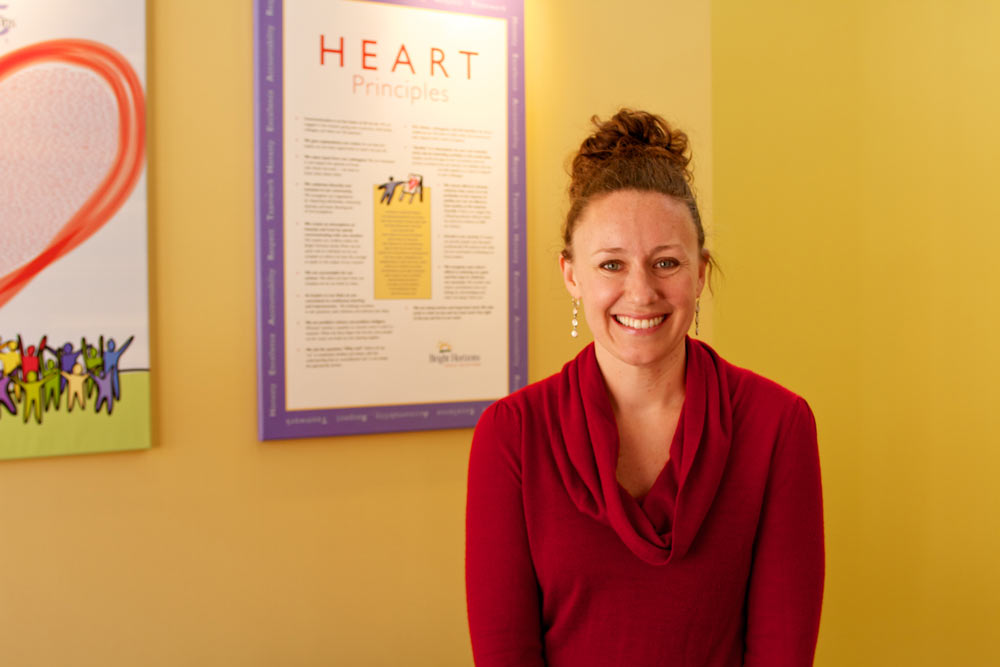Years ago, when Bright Horizons founders were just starting to create child care for employers, they talked about the benefits of their fledgling business model.
A center operating by itself, they realized, had to invent the wheel for every aspect.
But a center that had partners had the potential for scale.
“We have gained many advantages,” wrote Bright Horizons Founder Roger Brown on Harvard Business Review, “by spreading knowledge and techniques across our centers.”
Those advantages are about to become much more valuable.
The Importance of How Child Care Is Operated
Right now, child care is both in demand and at a premium. Shortages before the pandemic may have felt dire; but estimates say closures as a result of it may reduce available spaces by the millions. That will severely hamper parents’ ability to continue working. And that’s potentially cataclysmic since parents are estimated to make up roughly a third of the workforce. No wonder so many economists call child care the key to economic recovery.
But it means how child care operates is going to be just as important that it operates. Existing centers will have to be smart, not just available. Employers with child care will have to do more than offer spaces – they'll have to do so in a way that’s sustainable over the long haul. And that requires scale.
Consider the single element of safety. Everything about child care safety in the COVID era has changed in a few months – and continues to evolve. A lone operator will have a tall order trying to keep up with what’s coming out of the CDC and local and state municipalities. They’ll also be tasked with the mechanics of what that means for implementation at the center level. A center that’s linked to a network, on the other hand, has resources: they have dedicated experts and consultants focused on that one element – safety – and how to implement it. A single medical expert in one hospital becomes a resource for all. Just as important, as reopening ripples across the country, the successful center in Illinois becomes the testimonial for parents in Iowa.
Leveraging the Scale Advantage
That kind of scale was already make-or-break before the pandemic. We’ve seen centers on the brink of closing because high operating costs and slim margins are unsustainable for a solo operator. But by moving to a shared resource model, such centers were not only able to sustain operations, but to do so for more families, within the same operating budget.
So even as employers recognize the value of their child care centers, they’ll need to carefully assess the efficiency of how they operate.
Roger put it this way. “Our scale advantage stems not from purchasing power but from our ability to innovate locally and deploy globally.”
Those words are just as true today as they were two decades ago.





